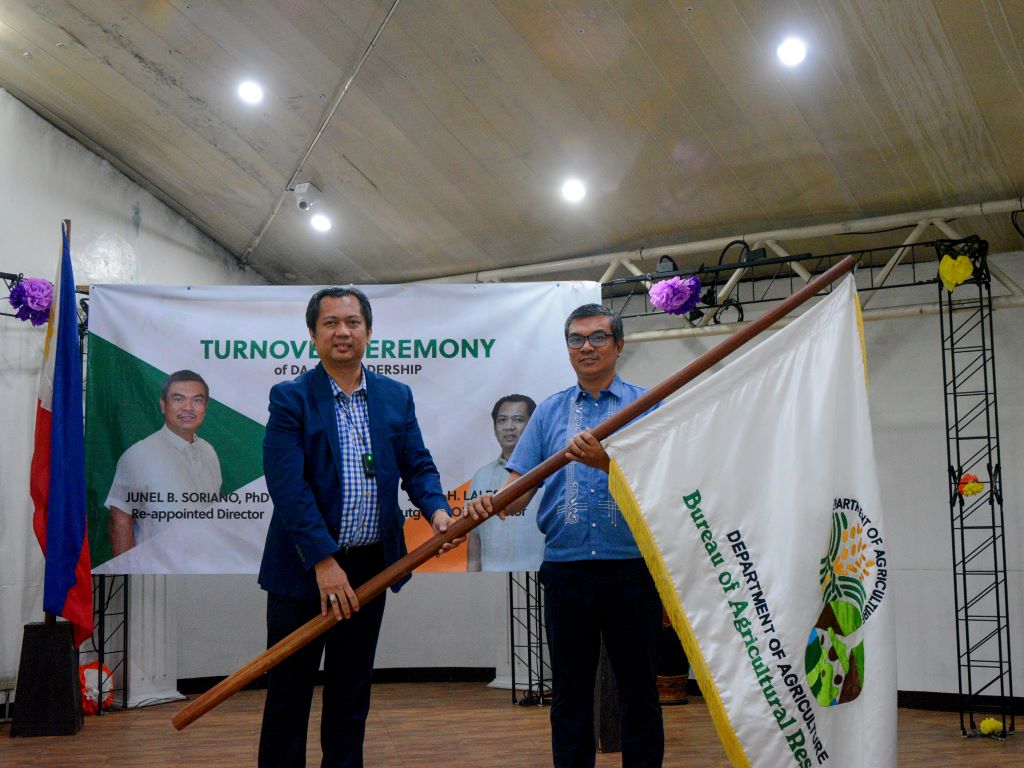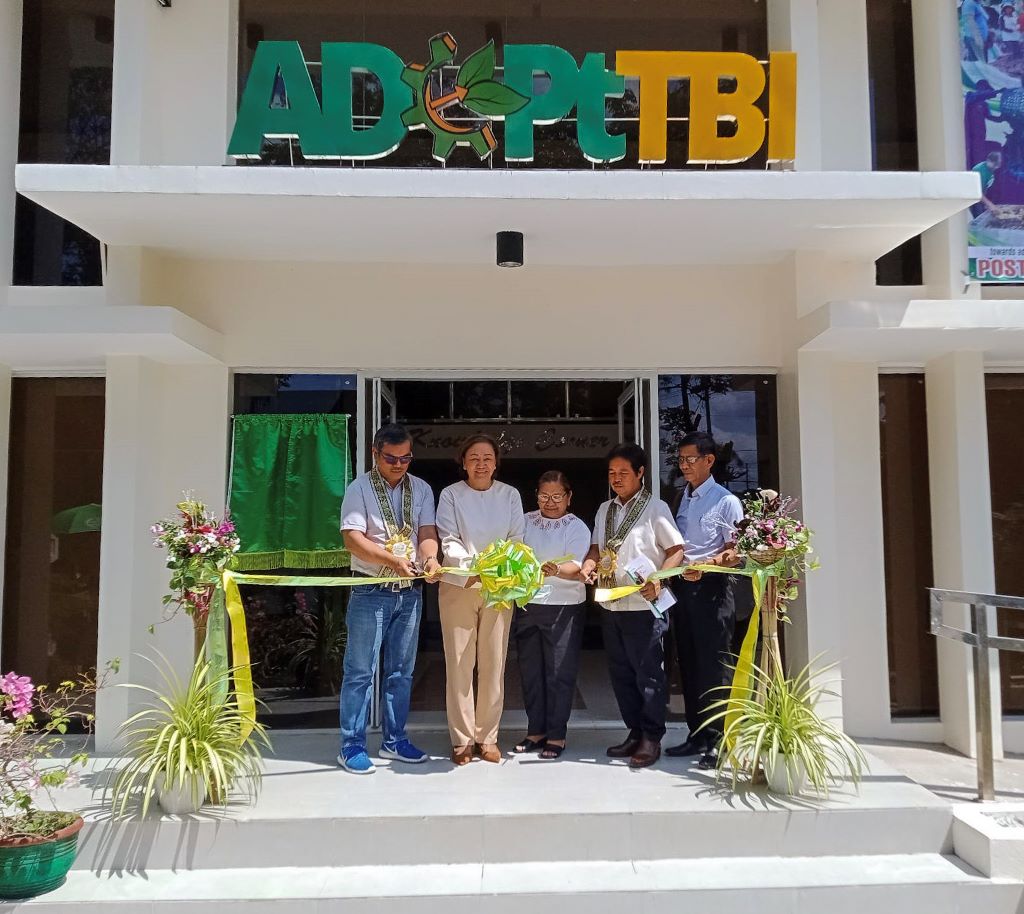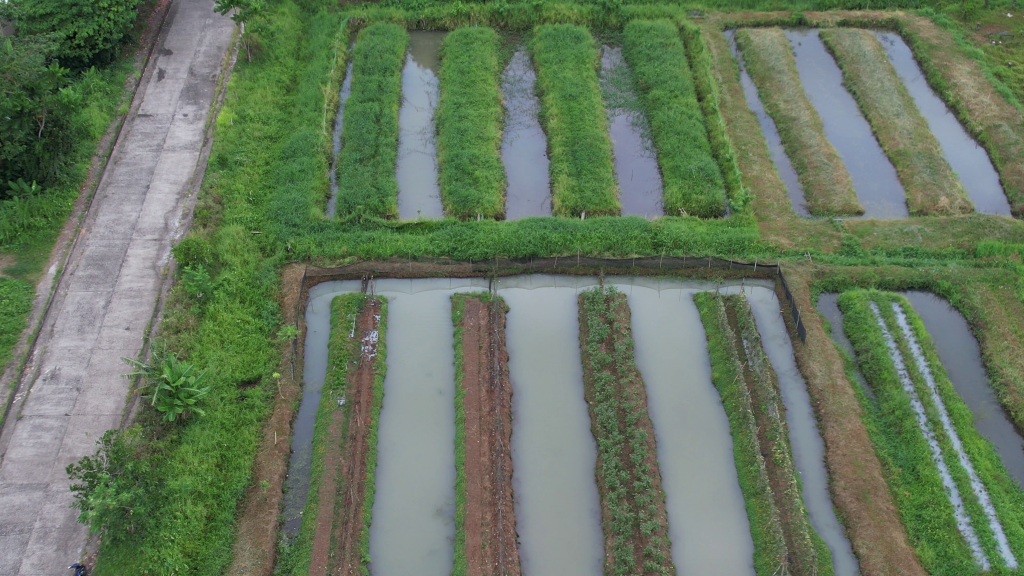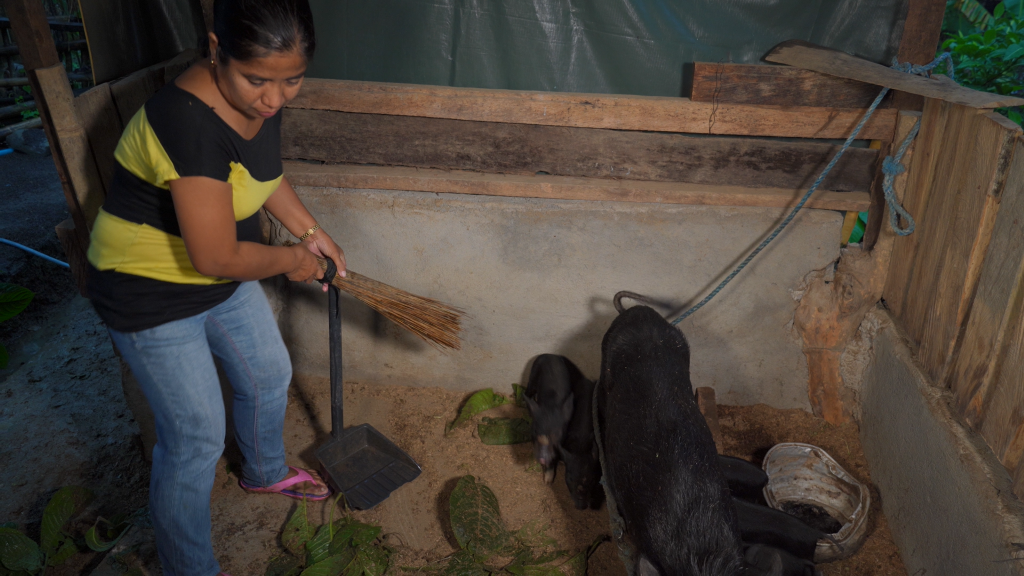
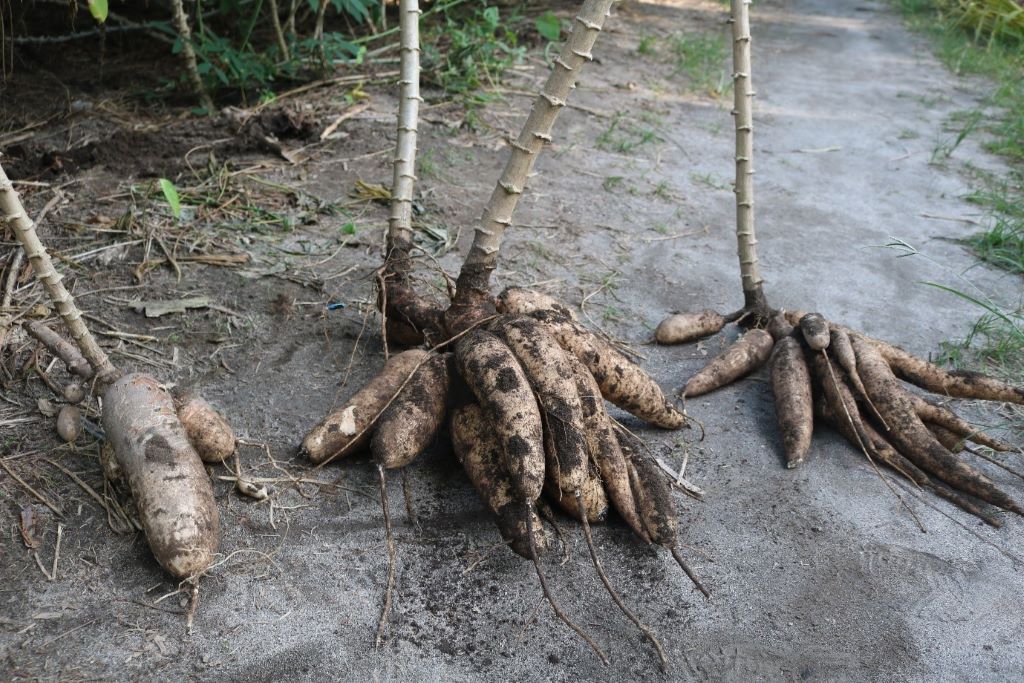
SSNM: The success story of a cooperative realizing the economic benefits of cassava
2 May 2023 | Lea B. Calmada
“May pera sa cassava.”
Thus, said Juandrilo A. Alagos, manager of Topland Farmers Cooperative (TFC) in Koronadal, South Cotabato.
In an interview, Alagos shared how his cooperative of 83 cassava farmers benefited from the technology called Site-Specific Nutrient Management (SSNM) of cassava implemented by DA-SOCCSKSARGEN and funded by the DA-BAR in 2017.
The TFC was officially registered with the Cooperative Development Authority in 1991. It started with 42 members, 30 males and 12 females. They cultivate a total land area of 103 hectares for rice production and 43ha for corn production by 2013.
Expansion of membership
In 2017, when the SSNM project was introduced by DA-SOCCSKSARGEN, the areas of operation of the cooperative expanded to South Cotabato and targeted at least 100 barangays. This time the cooperative had additional membership of 83 cassava farmers. With this, the membership of the cooperative expanded from 42 in 2013 to 125 in 2017 to 142 in 2023.
The interest in growing cassava grew due to the SSNM technology introduced to them by DA-SOCCSKSARGEN. Alagos recalled that during that time their practice in cassava was “basta makatanim lang” (planting anything is good enough). But when the intervention came, the areas of the cooperative’s operations scaled up.
Expansion of area of production
According to Alagos, the cooperative first tried the experimental study of SSNM in the five hectares of land planted to cassava. After the project study, they witnessed the good results and decided to branch out to almost 200ha of land planted purely to cassava.
He claimed that they were inspired by the SSNM technology because their production of cassava increased along with their income.
He recalled, “Dati kaunti lang ang tanim namin na cassava kasi wala po kaming alam. Wala kaming mga interventions na ginagawa para lumaki ang produksyon at kita namin. Wala kaming [market linkages]. Hindi namin alam kung saan ibebenta ang aming cassava.”
“Pero nang mag-umpisa kami ay marami na po kaming mga linkages na pwede naming pagdalahan ng aming cassava. Mayro’n na po kami tinatawag ngayon na may pera sa cassava,” added Alagos.
Alagos gave credit to the DA for its support in the technical aspect of producing high-volume and good-quality cassava through the interventions from the DA-Philippine Rural Development Program (PRDP) and through SSNM.
“Dahil nga sa tinuro ng [DA] hindi lang sa pagtatanim, kundi tinuruan din kami kung paano naming ibenta, kung paano tumaas ang kita ng kooperatiba,” he mused.
The market was already there through the intervention of the San Miguel Corporation, the buyer of cassava in the whole region.
“Malaking tulong po dahil hindi na kami mahihirapan sa pag-deliver ng aming produkto at may sigurado na bibili sa aming pananim na cassava,” Alagos shared.
Alagos said that through the SSNM technology, the production of cassava increased from 10 to 15 metric tons per hectare, to 25-60 mt/ha. The variety of cassava that they are using are Lakan 1 and Rayong 72.
With the good outcome of the SSNM technology, he shared that they will continue to use the technology and share it with other cassava farmer cooperatives. He encouraged all cassava farmers to start planting cassava because it brings increased income.
Zaldy M. Boloron, DA-SOCCSKSARGEN regional technical director for Operations and Philippine Rural Development Program deputy project director, said that the adoption of the SSNM technology led to the increase in production area of 2,970ha, in the yield of 29.42mt/ha with a production of 87,387mt/ha.
